This is part of a series of posts about the Nikon D5. The series starts here.
As I said in the preceding post, it’s now looking like the D5 uses digital gain for some of its ISO settings. Specifically, it looks like ISO 125 and ISO 160 are implemented by in-camera pushes of the same analog amplification settings as ISO 100.
Some people have claimed the such pushing damages the images more then the equivalent push in post. It didn’t seen right to me. Sure, in-camera pushes can’t use as much precision as Lr can. Sure, Lr can be smart )read film-like) about highlight clipping. But, if you stay away from clipping, I reasoned that the effects should be invisible. In the preceding post, I proved to myself, and I hope to you, that pushing in post by a third of a stop is, absent image data near the clipping point, equivalent to turning the ISO knob on the D5 from ISO 100 to ISO 125.
IN this post, I’ll conduct the same test with ISO 100 and ISO 160.
Here’s the setup:
- Camera on tripod
- Nikon 24/1.4 lens set to f/5.6
- Base shutter speed 0.6 seconds regardless of ISO
- ISO 100
- EFCS
- Shutter delay = 3 seconds
- Liveview focusing
- Developed with Lr 2015.5
- Default settings except for below
- Sharpening off
- Noise reduction off
- WB to the normal exposure, and applied that to all others
Here’s the overall scene:
I got a good deal on the guitar because the sound hole slipped in shipping; oops,, sorry, I’m a day late with that kind of thing.
With the camera set to ISO 160, I made a series of exposures progressively one stop shorter shutter speed until I got to five stops underexposed. In Lr, I pushed the images using the exposure control by as much as they’d be underexposed, except for the five-stop underexposed image, which only got a 4.33 stop push do it would match the equivalent ISO 100 image. Then, with the camera set to ISO 100, I made a the same series of exposures. In Lr, I pushed the images using the exposure control by as much as they’d be underexposed, plus another 2/3 of a stop to make up for the extra in-camera digital gain the first set got. The five=stop underexposed image only got a 4 stop push, because that’s as much as Lr can do.
Here are a series of 200% crops:
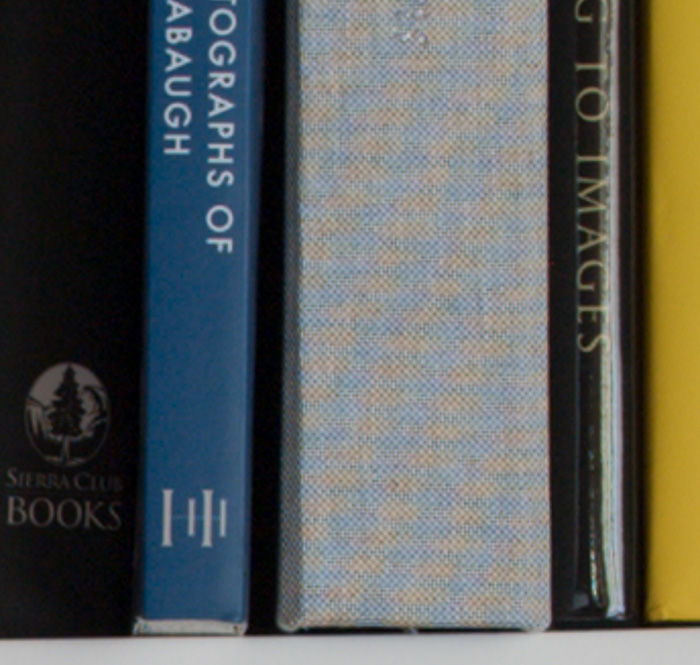
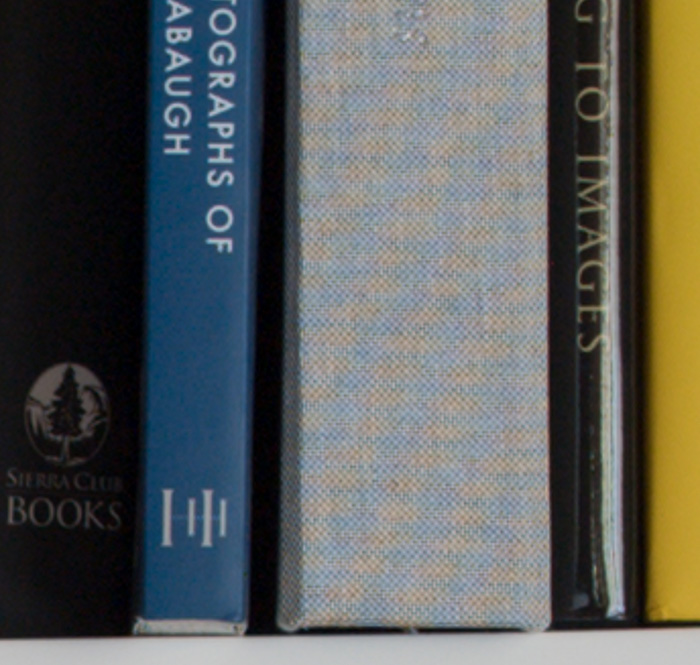
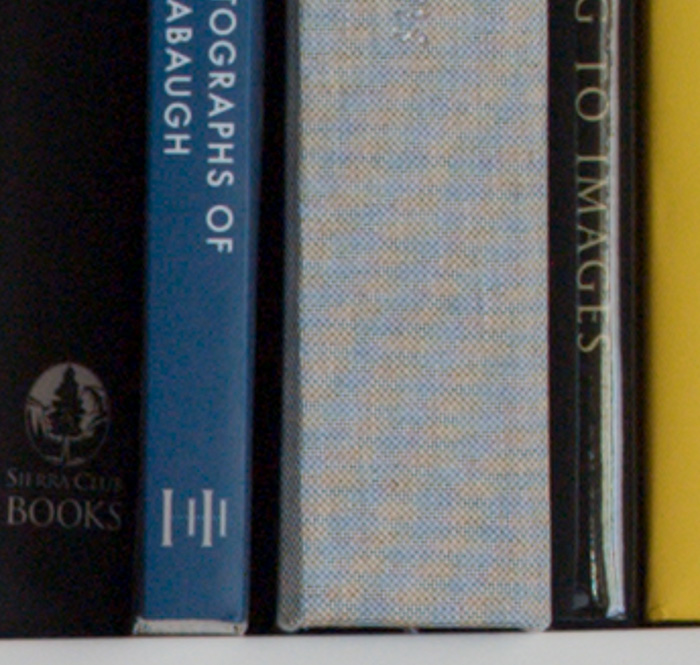
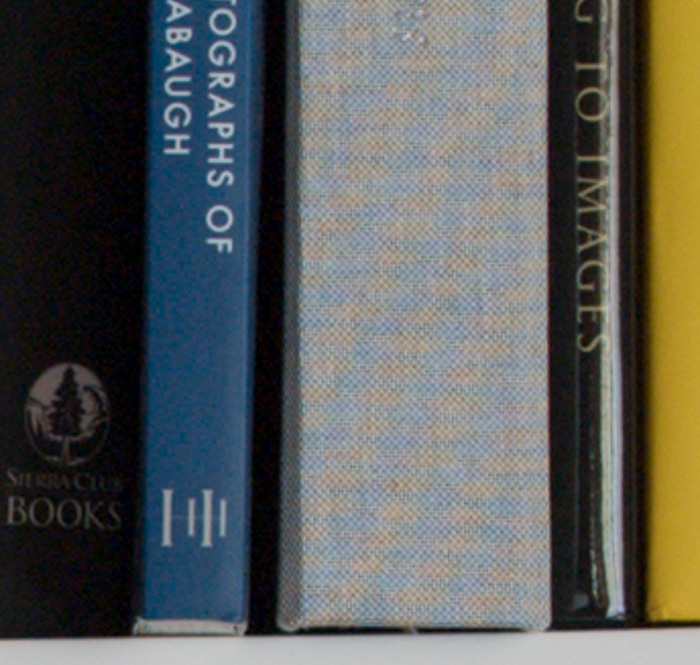
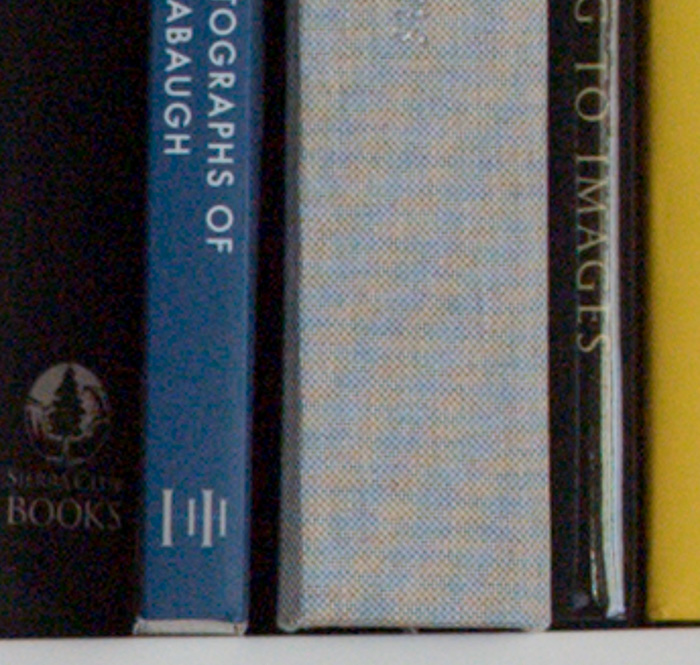
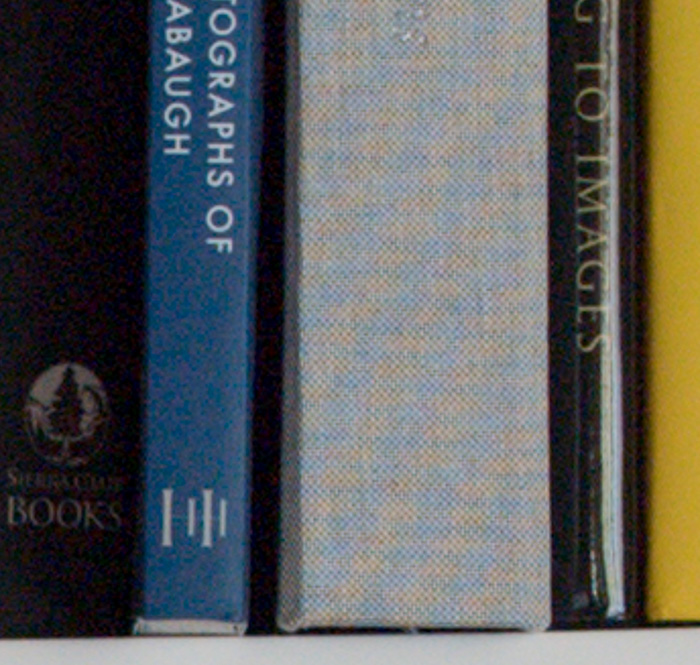
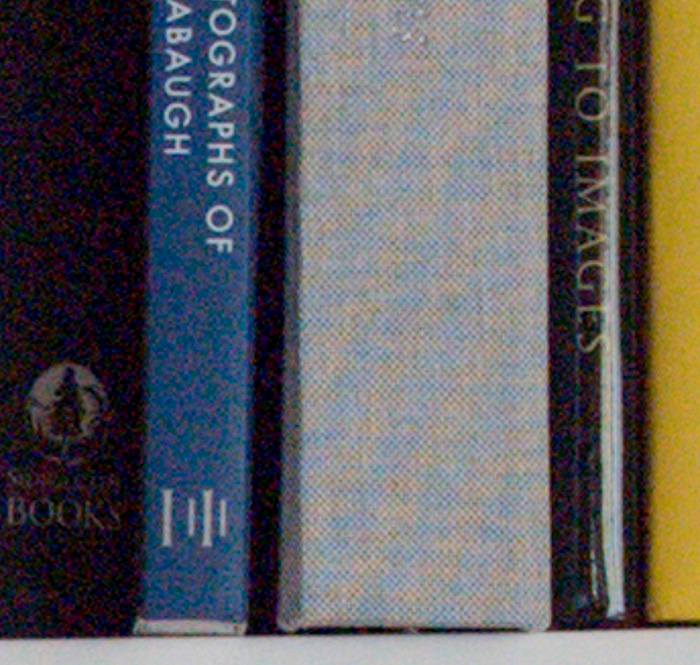
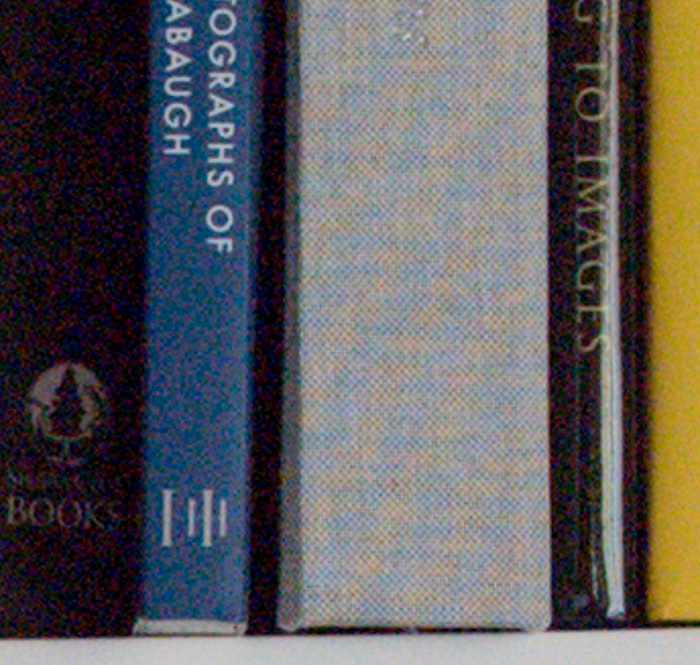
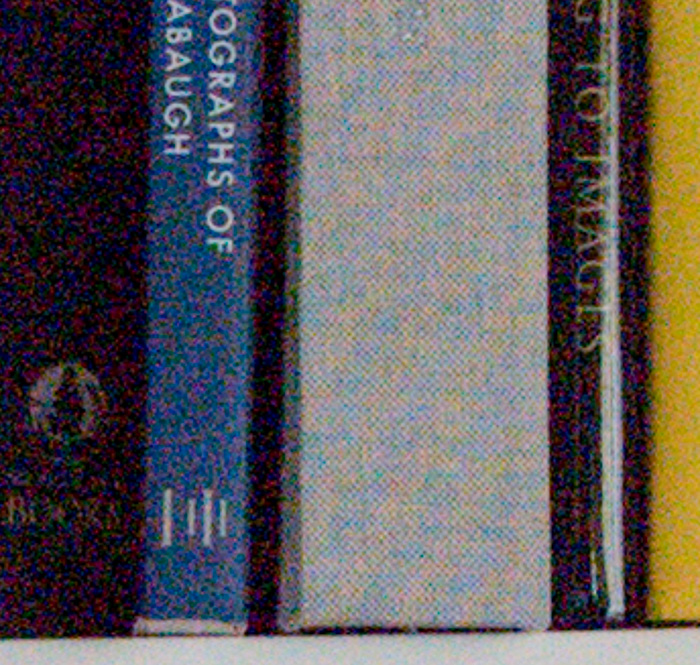
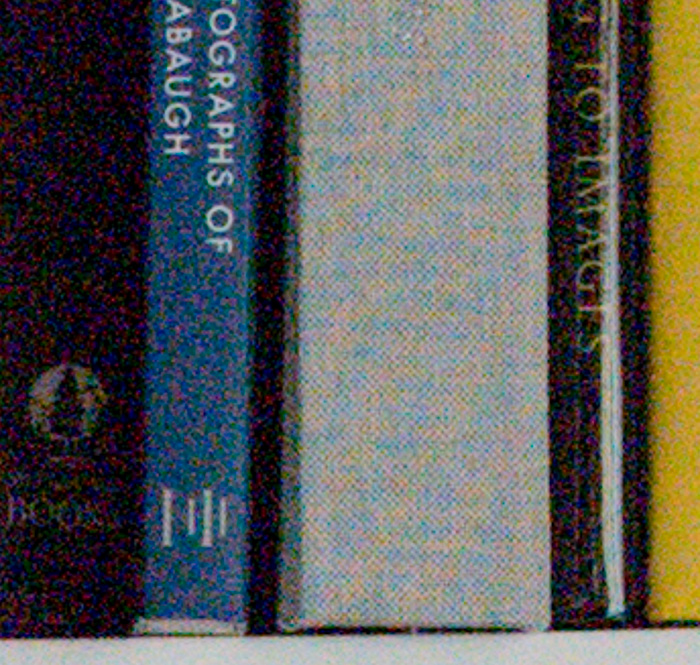
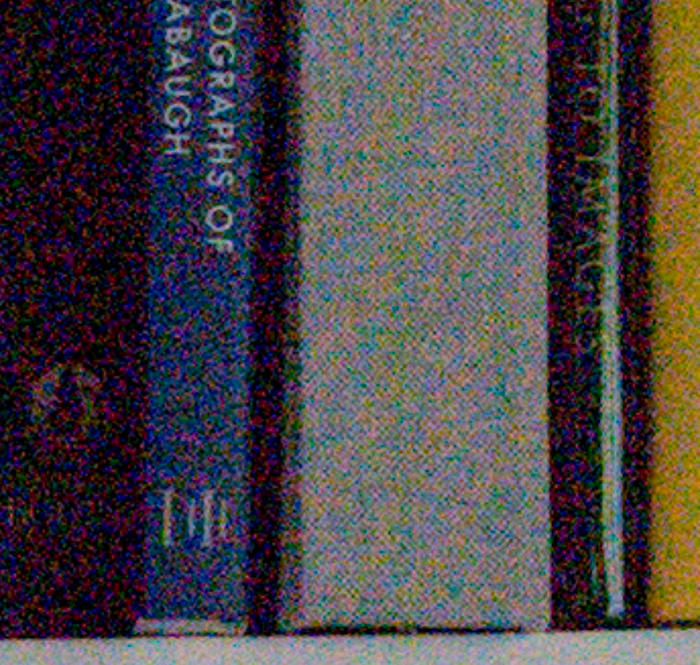
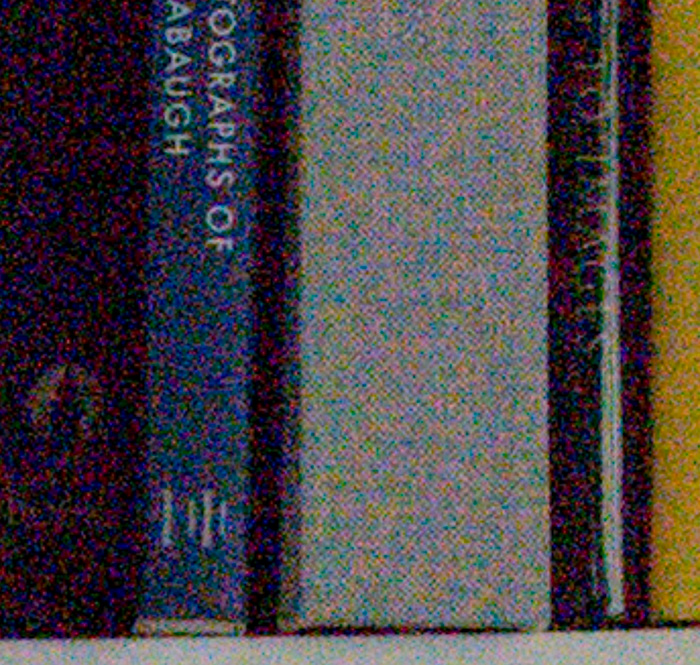
With the possible exception of the last one, I think all the pairs are equivalent. With the last one, maybe, just maybe, the in-camera push is a tiny bit netter, which I didn’t expect, and still don’t really believe.
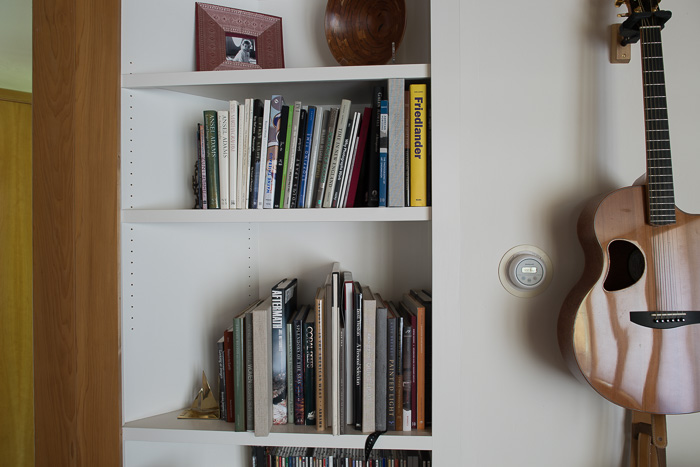
Leave a Reply